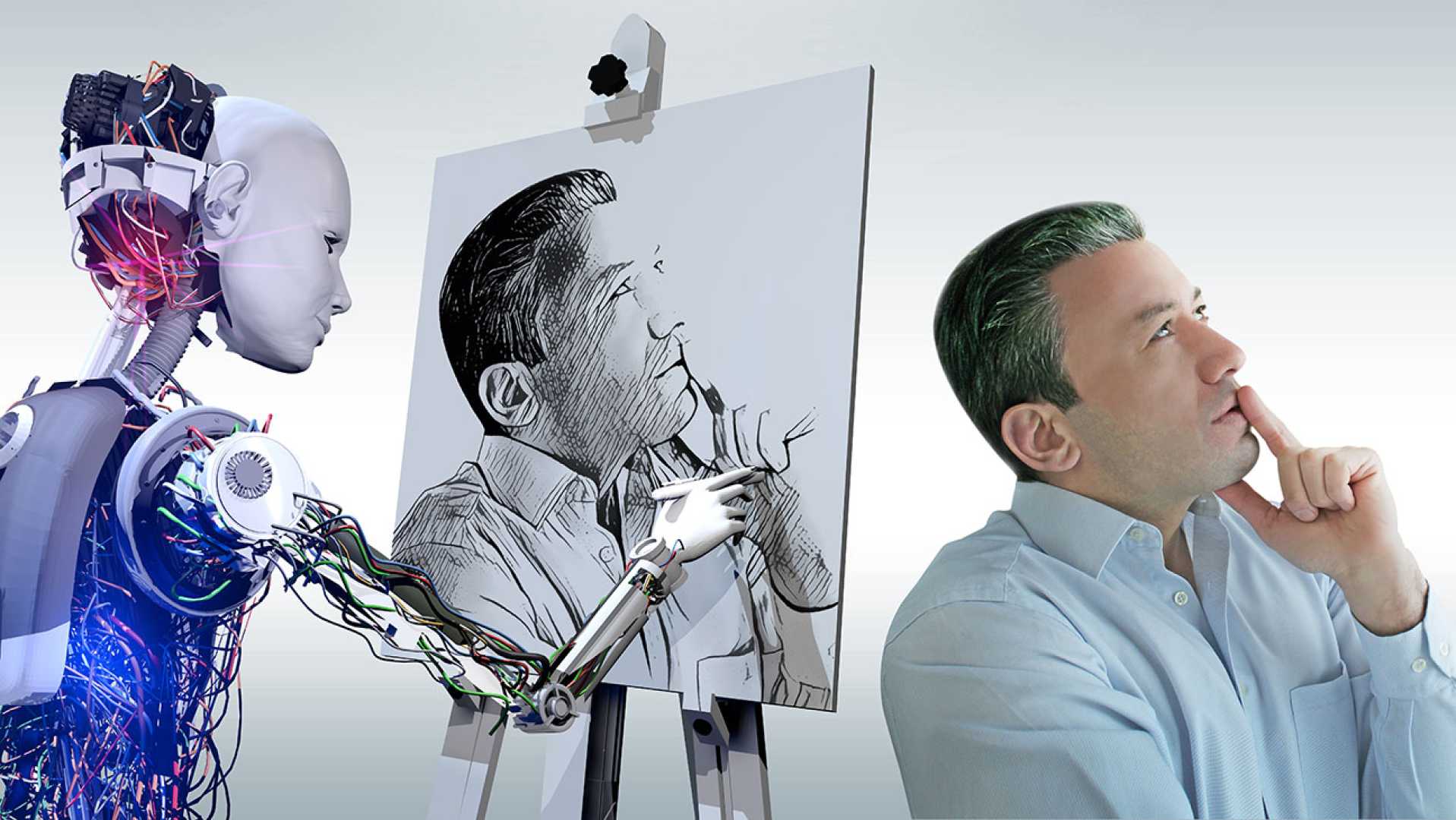Business
Intellectual Property Laws Face New Challenges Amid AI Litigation

New York, NY — The intersection of artificial intelligence (AI) and intellectual property (IP) law is at the forefront of legal battles involving companies like OpenAI. Since 2008, the crime-fraud exception to attorney-client privilege has emerged in 16 patent cases and four copyright cases, underlining the growing complexity of these disputes.
Recent lawsuits, notably filed by the Authors Guild and The New York Times, accuse OpenAI of unlawfully using copyrighted content to train its AI models. These allegations challenge traditional notions of IP protection and raise questions regarding authorship and ownership rights.
One of the key legal debates revolves around the concept of transformative use. This involves whether AI’s output, generated through learning from copyrighted material, is substantially different enough to be considered fair use. Legal experts express concern that AI may not only learn from existing works but closely replicate them, potentially violating copyright laws.
OpenAI asserts that its use of copyrighted texts falls under the fair use doctrine, which allows limited use without permission for purposes like critique or research. However, the courts are yet to make a definitive ruling on whether AI training meets this requirement. As the litigation unfolds, the complexity of defining what constitutes fair use in AI contexts increases.
The legal challenges expose a flaw in current IP laws, as they may not adequately address the nuances introduced by AI technologies. The ongoing discussion centers on the need for updated legal frameworks that balance innovation with the protection of creative works, especially as AI develops rapidly.
As courts continue to examine these cases, their outcomes could prompt a significant reevaluation of how copyright laws are applied to AI technologies. If a ruling favors content creators, it could necessitate licensing agreements that may increase costs for AI developers. Conversely, a ruling that supports AI companies could expand the application of fair use, fostering usage of transformative technologies.
The implications of these legal battles are profound, indicating a potential shift in the fundamentals of IP law. The ongoing tensions highlight the necessity for legislation that evolves alongside technological advancements to ensure a fair landscape for both creators and AI entities.












